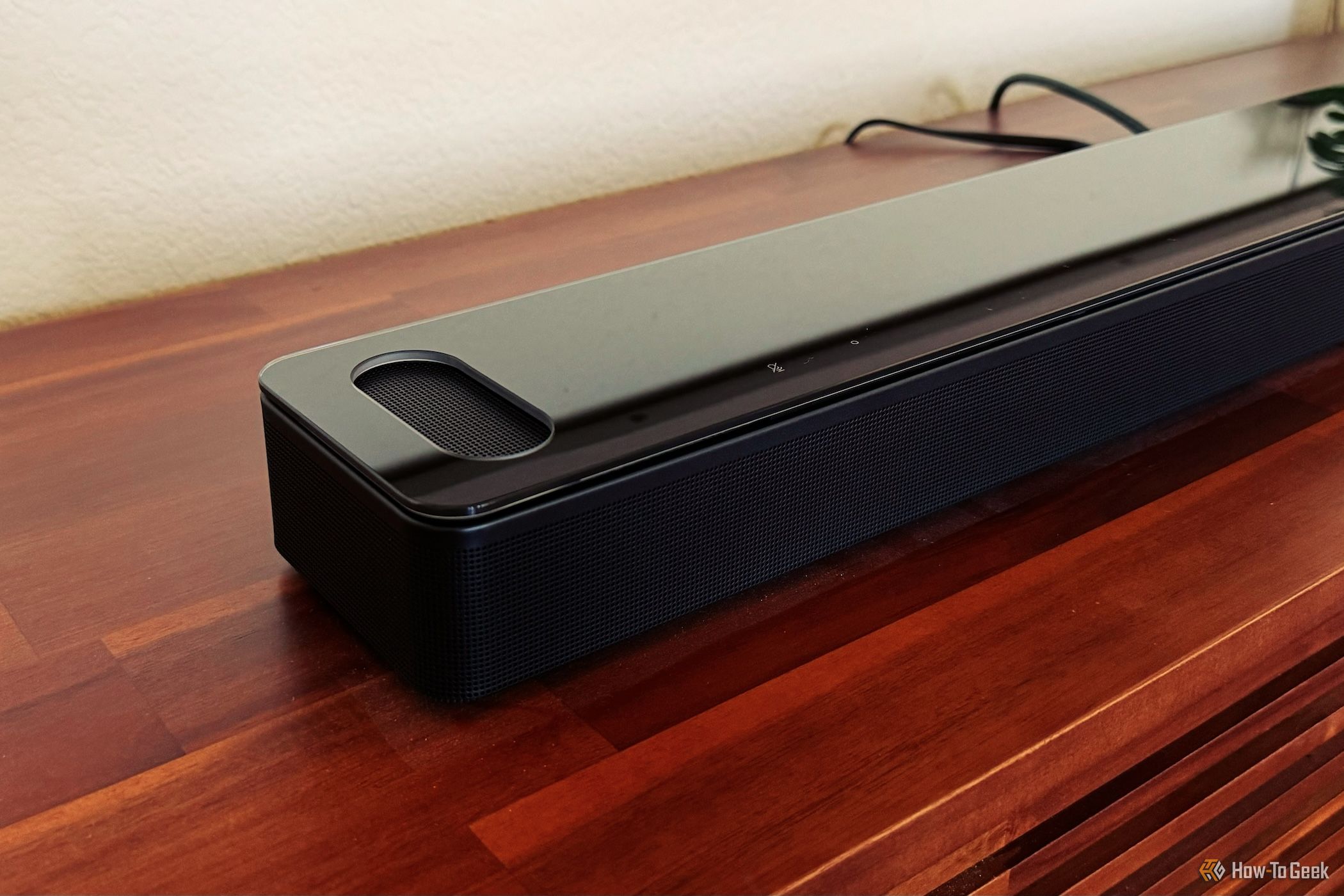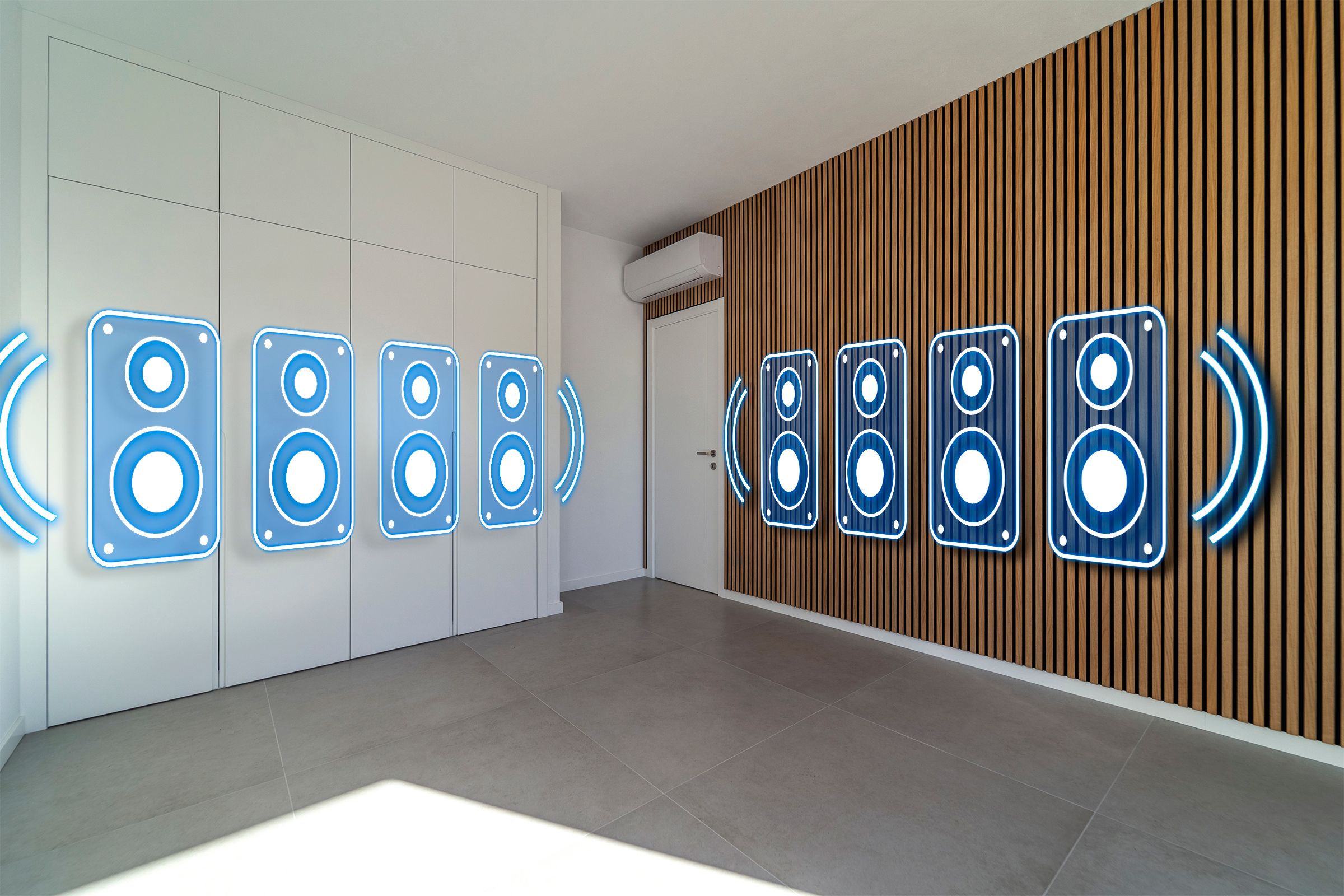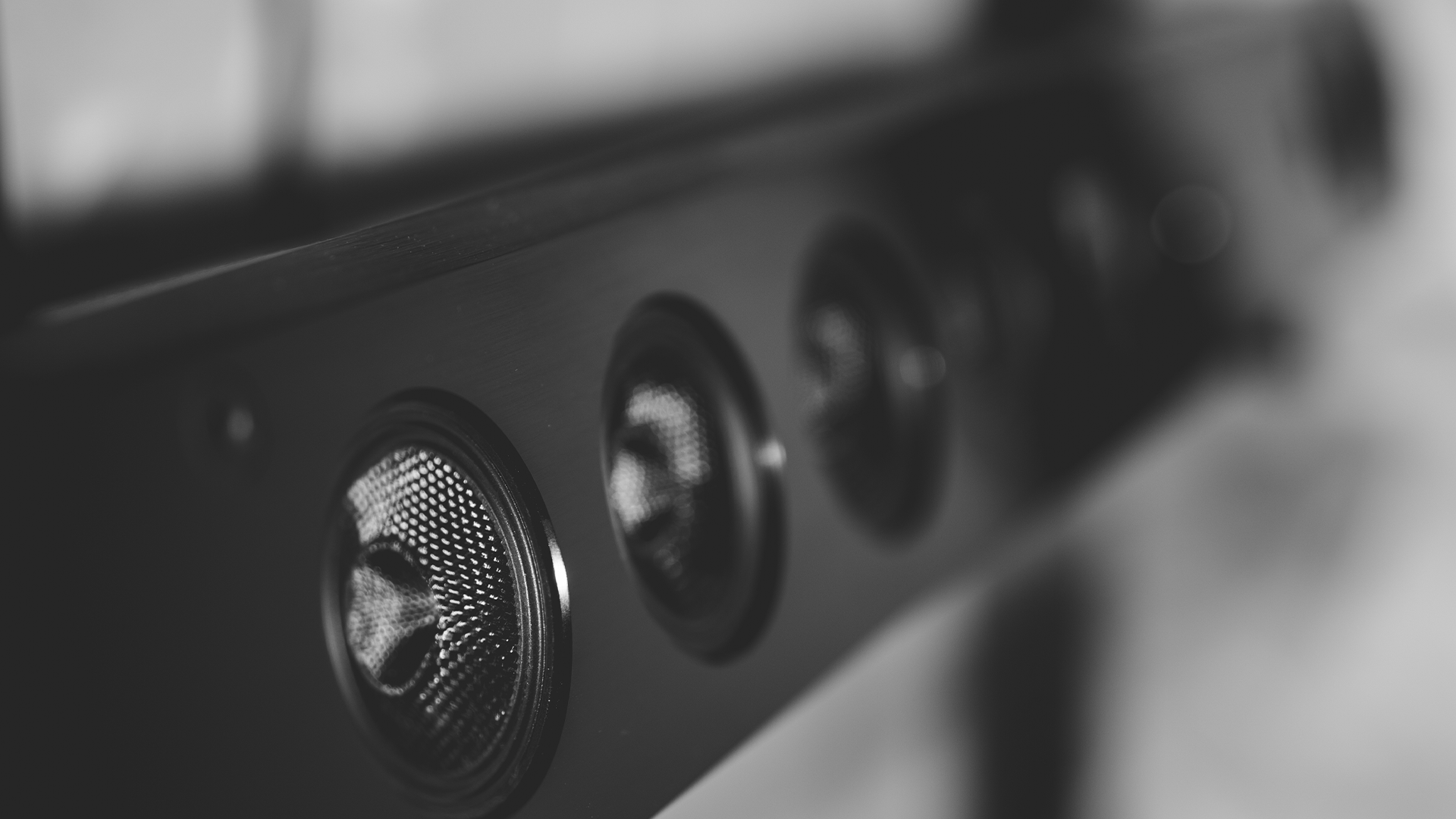For all the work you might’ve put into your home theater, audio problems can always arise. Here are some of the most common issues and how you can go about fixing them.
1
Your Audio Is Too Quiet
If your audio is too quiet even with the volume turned up all the way, there could be a few issues at hand. First, ensure the audio source your TV is using are the speakers you want to be using, and not something else like the TV’s built-in speakers, a connected device you’re streaming from, or another speaker.
If you’re connected to the correct sound source and that’s the part that’s too quiet, your speakers might not be sensitive enough or powerful enough to get the volume you’re seeking, or they’re not getting enough power from your receiver. Look into the sensitivity of your speakers and the maximum wattage of your speakers and see if they’re just not capable of being loud enough. Additionally, make sure your receiver is able to give enough power to your speakers, and consider getting an alternative amplifier if it’s not.
2
Your Sound Is Too Tinny or Bassy
If your audio has a bit too much treble coming through, or on the flip side, is overwhelmingly bassy, first see if you can adjust your sound profile from your receiver. There’s a fair chance your receiver allows you to adjust treble and bass, so play around with that until you figure out what sounds best for you.
You might also want to check the positioning of your subwoofer, and if you’re not hearing enough bass, make sure it’s connected to everything else in the first place. The positioning of your subwoofer can make for way too much bass or way too little. Try moving it around, or putting something underneath it if you aren’t doing that already, and find what works through experimentation.
3
The Room Has Too Much Echo
A room that echoes a ton is a sign that you need something to absorb the sound that’s being reflected off the walls. When sound is emitted from speakers, the waves travel outward and reflect off the walls, and if they’re not obstructed, they’ll bounce around and create a lot of echo. The way to stop the echo is by keeping the sound from reflecting.
What you’ll want to do is do some acoustic treatment to the room you’re in. Sound absorbers can be mounted on the walls to keep sound from bouncing around. Place these on the wall behind your speakers, as well as the other walls in the room. Covering around 25% to 50% of the room should be sufficient. Adding in other sources of sound absorption like rugs and carpets, wall art, furniture, or other sources of fabric can aid with this as well.
You’ll also want to mount a sound diffuser on the wall opposite your speakers. This will keep the sound from getting too dampened by the sound absorbers alone, allowing the sound to be diffused rather than strong reflections or absorption alone.
4
There’s Noticeable Audio/Visual Delay
A lot of the time, the issue causing this is your TV’s audio syncing. If you have any TV settings to do with audio syncing on, turn it off and on again. It might just need to get a little reset. If you didn’t have any on in the first place, turn it on and see if it helps.
Anything else to do with video processing might be interfering with audio-video sync, so turn off anything like motion smoothing or noise reduction. Your TV or receiver may also allow you to delay your audio, so try out that setting to see if it helps. You can normally adjust this in terms of milliseconds, so play around with it and find the right place to make it all sync.
5
You Have No Sound at All
When you’re not getting any sound at all from your TV, there are a few things to try before anything else. First, make sure your speakers are connected to your TV. If they are, turn your TV off and on again, or unplug your speakers from the TV or receiver and plug them back in. Last, make sure your TV isn’t muted. A lot of the time, those steps will solve your issue.
If not, try a couple of other things to diagnose the issue. If you’re using a streaming service that you’re not getting any sound from, try testing out others to see if they work. You can also try plugging your speakers into another device and see if they work elsewhere, or plug different speakers into your TV or receiver. That way, you’ll be able to figure out where the issue stems from.
If the problem is coming from your TV, go through your TV’s audio settings to see if you can turn anything on or up that’s missing. If at this point you still have no sound, there might be something wrong with your TV that needs repairing or replacing. If the issue is coming from your speakers, there’s a chance they sustained some damage, be it physical damage from rough treatment or electrical damage from something like a power surge. If, after unplugging and reconnecting your speakers, you’re not getting anywhere, you might need your speakers repaired or replaced.
6
One of Your Speakers Sounds Wrong
First, make sure the speaker that sounds off is fully connected to the receiver, not half connected or disconnected entirely. Try plugging the speaker into another source and see if it still sounds off. If so, there’s a chance there’s something wrong with the speaker itself. Other fixes could be simply unplugging it for a while and plugging it back in, or repositioning it and seeing if another orientation sounds better.
7
You Hear Static
Static sounds coming from your speakers can be due to a variety of issues. The first you’ll want to check is that your speakers are connected properly. Sometimes if your speakers are plugged in only half way, it’ll cause some static noise from the incomplete connection.
It’s also possible that your volume is turned up too high. Turning your speakers up all the way can often cause static, as can drawing too much power from your amp. Turn it down a bit and see if it goes away.
Electronic devices can also interfere with your speakers. If you have a phone or radio nearby, move it away from the speaker and see if that helps.
You should also check to see if any dust or dirt is accumulating on your speakers. Built-up dust can cause noise, so clean it off. It may make a difference.
While audio problems can be annoying and sometimes mysterious, many are very fixable. Now that you’re equipped with these tips, you’ll be able to troubleshoot common audio problems that may come your way.







